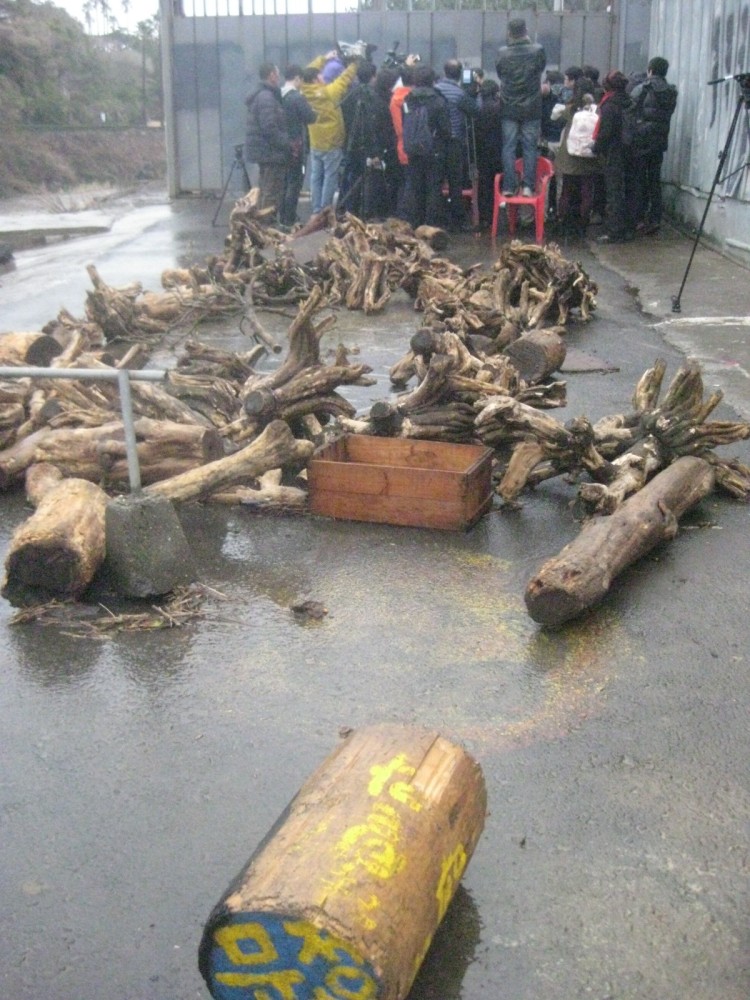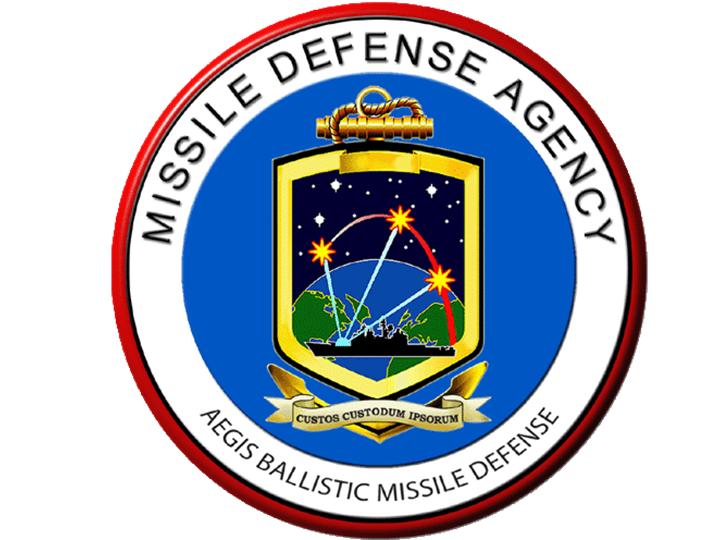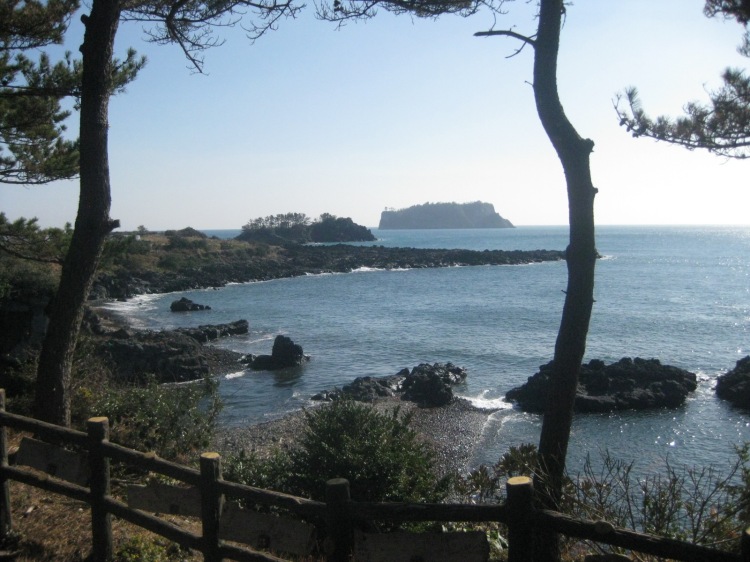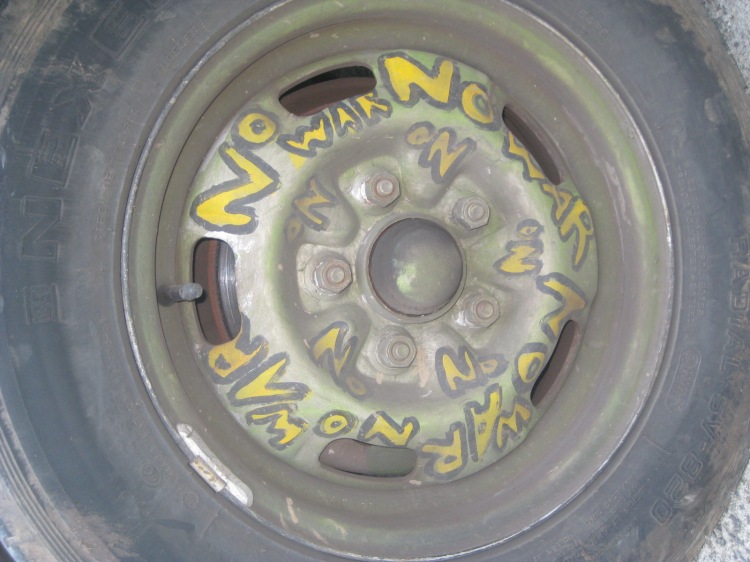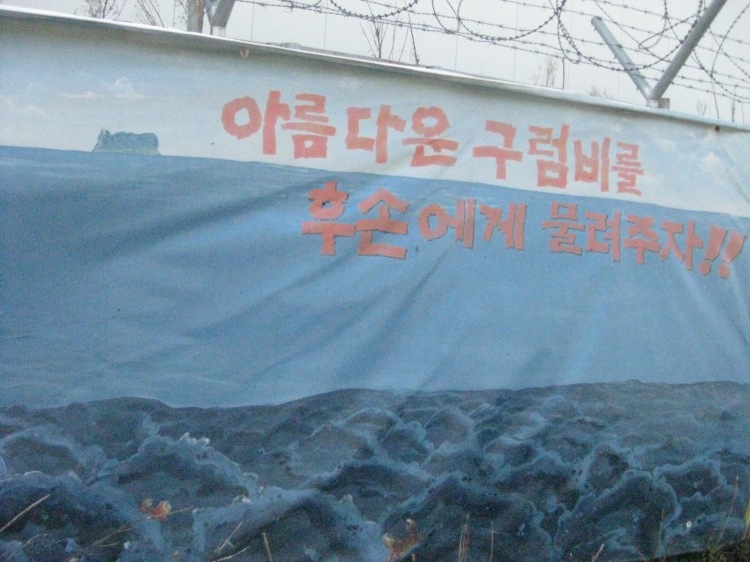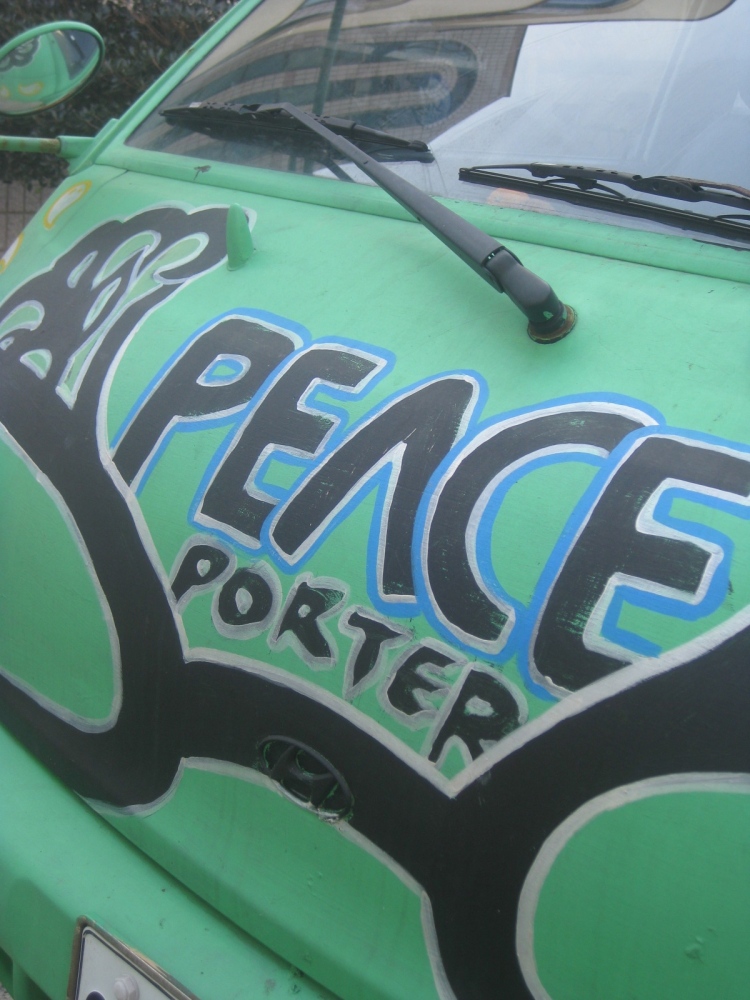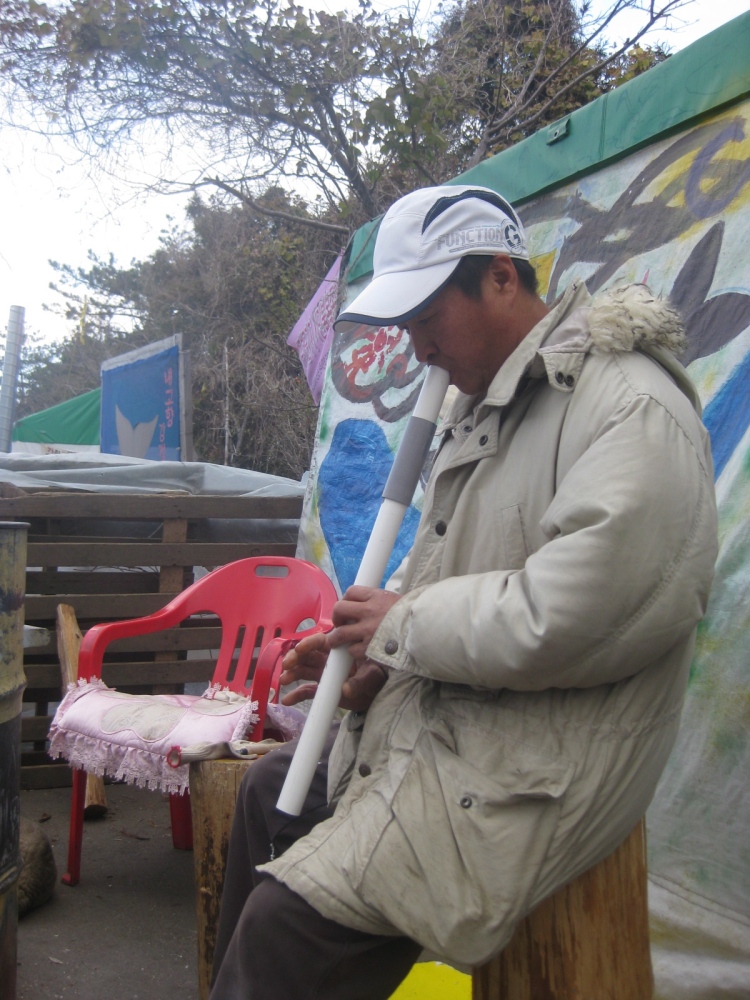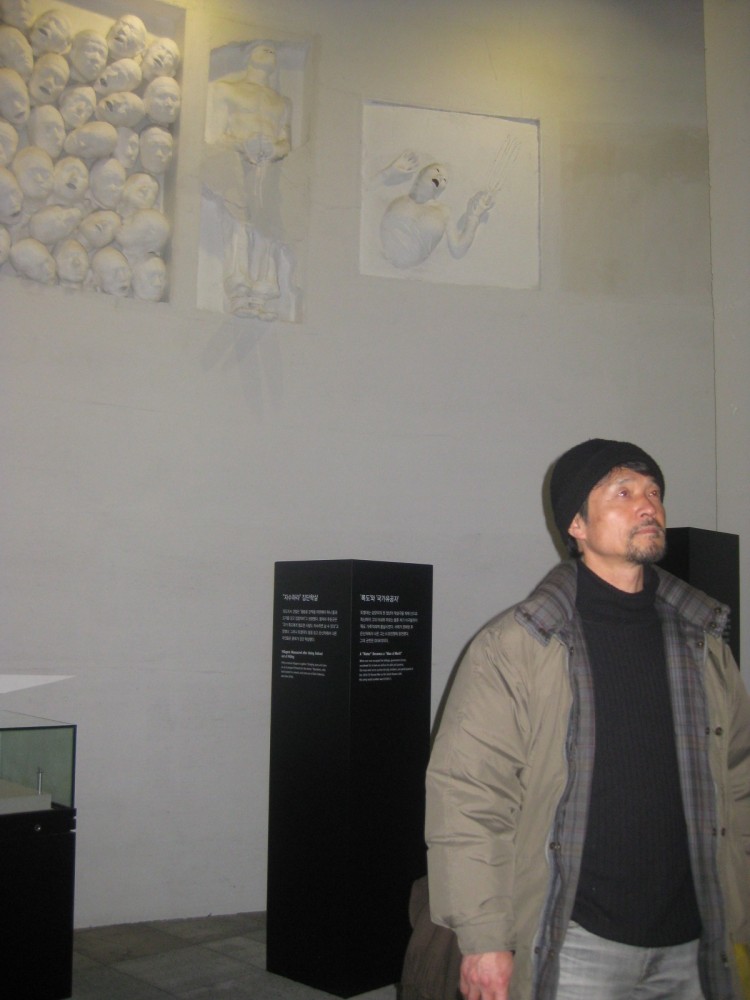Korea succumbed to Japanese rule beginning in 1905, often serving as a pawn between Japanese conflicts with China and Russia. This was a brutal occupation. A major revolt for Korean democracy occurred on March 1, 1919, when a declaration of independence was read in Seoul. Two million Koreans participated in 1,500 protests. The Koreans also appealed to major powers meeting in Versailles after World War I, but were ignored as Japan was given control over the East. The Japanese viciously put down the democracy movement. Iggy Kim, in Green Left, reports they “beheaded children, crucified Christians and carried out scores of other atrocities. More than 7,500 people were killed and 16,000 were injured.”
Near the end of World War II, as Japan was weakened, Korean “People’s Committees” formed all over the country and Korean exiles returned from China, the US and Russia to prepare for independence and democratic rule. On September 6, 1945, these disparate forces and representatives of the people’s committees proclaimed a Korean People’s Republic (the KPR) with a progressive agenda of land reform, rent control, an eight-hour work day and minimum wage among its 27-point program.
But the KPR was prevented from becoming a reality. Instead, after World War II and without Korean representation, the US quite arbitrarily decided with Russia, China and England, to divide Korea into two nations “temporarily” as part of its decolonization. The powers agreed that Japan should lose all of its colonies and that in “due course” Korea would be free. Korea was divided on the 38th parallel. The US made sure to keep the capital, Seoul, and key ports. Essentially, the US took as much of Korea as it thought the Russians would allow. This division planted the seeds of the Korean War, causing a five-year revolution and counter-revolution that escalated into the Korean War.
Initially, the South Koreans welcomed the United States, but US Gen. John Hodge, the military governor of South Korea working under Gen. Douglas MacArthur, quickly brought Koreans who had cooperated with the Japanese during occupation into the government and shut out Koreans seeking democracy. He refused to meet with representatives of the KPR and banned the party, working instead with the right wing Korean Democratic Party – made up of landlords, land owners, business interests and pro-Japanese collaborators.
Shut out of politics, Koreans who sought an independent democratic state took to other methods and a mass uprising occurred. A strike against the railroads in September 1946 by 8,000 railway workers in Pusan quickly grew into a general strike of workers and students in all of the South’s major cities. The US military arrested strike leaders en masse. In Taegu, on Oct. 1, huge riots occurred after police smashed picket lines and fired into a crowd of student demonstrators, killing three and wounding scores. In Yongchon, on Oct. 3, 10,000 people attacked the police station and killed more than 40 police, including the county chief. Some 20 landlords and pro-Japanese officials were also killed. A few days later, the US military declared martial law to crush the uprising. They fired into large crowds of demonstrators in numerous cities and towns, killing and wounding an unknown number of people.
Syngman Rhee, an exile who had lived in the US for 40 years, was returned to Korea on MacArthur’s personal plane. He initially allied with left leaders to form a government approved of by the US. Then in 1947, he dispensed with his “left” allies by assassinating their leaders, Kim Ku and Kim Kyu-Shik. Rhee consolidated power and the US pushed for United Nations-sponsored elections in May 1948 to put a legal imprimatur on the divided Koreas. Rhee was elected at 71 years old in an election boycotted by most parties who saw it as sham. He came to power in the midst of an insurgency.
On Jeju Island, the largest Korean island lying in a strategic location in the Korea Strait, there continued to be protests against the US military government. It was one of the last areas where people’s committees continued to exist. Gen. Hodge told Congress Jeju was “a truly communal area that is peacefully controlled by the People’s Committee,” but he organized its extermination in a scorched-earth attack. In September, Rhee’s new government launched a massive counterinsurgency operation under US command. S. Brian Willson reports it resulted in the killing of “60,000 Islanders, with another 40,000 desperately fleeing in boats to Japan. Thus, one-third of its residents were either murdered or fled during the ‘extermination’ campaign. Nearly 40,000 homes were destroyed and 270 of 400 villages were leveled.” It was an ugly attack, Iggy Kim notes: “Torture, mutilation, gang rape and arbitrary execution were rife. . . a quarter of the Jeju population had been massacred. The US embassy happily reported: ‘The all-out guerilla extermination campaign came to a virtual end in April with order restored and most rebels and sympathizers killed, captured, or converted.’” This was the single greatest massacre in modern Korean history and a warning of what was to come in the Korean War. As we will see, Jeju is part of the story in today’s US Asian escalation.
More brutality occurred on mainland Korea. On October 19, dissident soldiers in the port city of Yosu rose up in opposition to the war in Jeju. About 2,000 insurgent soldiers took control of the city. By Oct. 20, a number of nearby towns had also been liberated and the People’s Committee was reinstated as the governing body. People’s courts were established to try police officers, landlords, regime officials and other supporters of the Rhee dictatorship. This rebellion was suppressed by a bloodletting, planned and directed by the US military.
The Korean War followed. S. Brian Willson summarizes the war:
“The Korean War that lasted from June 1950 to July 1953 was an enlargement of the 1948-50 struggle of Jeju Islanders to preserve their self-determination from the tyrannical rule of US-supported Rhee and his tiny cadre of wealthy constituents. Little known is that the US-imposed division of Korea in 1945 against the wishes of the vast majority of Koreans was the primary cause of the Korean War that broke out five years later. The War destroyed by bombing most cities and villages in Korea north of the 38th Parallel, and many south of it, while killing four million Koreans – three million (one-third) of the north’s residents and one million of those living in the south, in addition to killing one million Chinese. This was a staggering international crime still unrecognized that killed five million people and permanently separated 10 million Korean families.”
Bragging about the massacre, USAF Strategic Air Command head General Curtis LeMay, who blanket-bombed Japan in World War II and later ran for vice president with segregationist George Wallace, summed it up well, “Over a period of three years or so we killed off – what – twenty percent of the population.” Willson corrects LeMay, writing “it is now believed that the population north of the imposed 38th Parallel lost nearly a third its population of 8-9 million people during the 37-month long ‘hot’ war, 1950-1953, perhaps an unprecedented percentage of mortality suffered by one nation due to belligerence of another.”
Context Today: Korea Targeted, Mock Attacks, Learning from Iraq and Libya and the Asia Pivot
This historical context results in North Korea taking the threats of the United States very seriously. It knows the US has been willing to kill large portions of its population throughout history and has seen what the US has done to other countries.
In 2002, President George W. Bush labeled North Korea part of the “axis of evil” along with Iraq and Iran. S. Brian Willson traveled 900 ground miles through six of North Korea’s nine provinces, as well as Pyongyang, the capital, and several other cities, talking with dozens of people from all walks of life; all wanted to know about the “axis of evil” speech. He found that North Koreans “simply cannot understand why the US is so obsessed with them.”
Of course, the North Korean government witnessed the “shock and awe” campaign of bombardments against Iraq and the killing of at least hundreds of thousands (credible research shows more than 1 million Iraqis killed, 4.5 million displaced, 1-2 million widows and 5 million orphans). They saw the brutal killing by hanging of the former US ally, now turned into an enemy, Saddam Hussein.
And, they can look to the experience of Libya. Libya was an enemy but then began to develop positive relations with the US. In 2003, Libya halted its program to build a nuclear bomb in an effort to mend its relations with the US. Then last year Libya was overthrown in a US-supported war and its leader Moammar Gadhafi was brutally killed. As Reuters reports, “‘The tragic consequences in those countries which abandoned halfway their nuclear programs… clearly prove that the DPRK (Democratic People’s Republic of Korea) was very far-sighted and just when it made the (nuclear) option,’ North Korea’s KCNA news agency said.”
The United States stations 28,500 troops in South Korea. In November 2012 the US upgraded its weapons systems and announced an agreement with Japan that would allow South Korea to bomb anywhere in North Korea. In June 2012 the Pentagon announced that Gen.l Neil H. Tolley would be removed as commander of US Special Operations in South Korea after he revealed to a Japanese foreign affairs publication that American and South Korean troops had been parachuting into North Korea on spy missions.
US troops and bases are not popular. Protests erupted in 2002 after two Korean woman were killed and a court martial found the US soldiers not guilty of negligent manslaughter. Several pubs and restaurants put up signs saying “Americans Not Welcome Here.” In anAugust 2005 protest against US troops by 1,100 people, 10 were injured by police. One month before that, 100 were injured in a protest. In 2006 protesters occupied land on which the US planned to expand a base, resulting in a conflict and their eviction followed by installing barbed wire around the area to protect it from South Koreans. The South Korean government banned a rally that was expected to draw more than 10,000 protesters.
South Korea and the US regularly hold military exercises off the Korean coast, which North Korea describes as planning for an invasion. The United States claims these exercises are defensive in nature to assure preparedness. Prior to the recent nuclear test, Seoul and Washington conducted a joint naval exercise with a US nuclear submarine off South Korea’s east coast, followed by a joint air force drill as well as live weapon exercises near a disputed sea boundary between North and South Korea.
These drills have gotten more aggressive during the Obama administration and since the death of Kim Jong-il, as outlined by geopolitical analyst Jen Alic here:
•”The first joint military exercises between the US and South Korea since Kim Jong-il’s death suddenly changed their nature, with new war games including pre-emptive artillery attacks on North Korea.
• Another amphibious landing operation simulation took on vastly larger proportions following Kim Jong-il’s death (the sheer amount of equipment deployed was amazing: 13 naval vessels, 52 armored vessels, 40 fighter jets and 9,000 US troops).
• South Korean officials began talking of Kim Jong-il’s death as a prime opportunity to pursue a regime-change strategy.
• South Korea unveiled a new cruise missile that could launch a strike inside North Korea and is working fast to increase its full-battery range to strike anywhere inside North Korea.
• South Korea openly began discussing asymmetric warfare against North Korea.
• The US military’s Key Resolve Foal Eagle computerized war simulation games suddenly changed, too, simulating the deployment of 100,000 South Korean troops on North Korean territory following a regime change.
• Japan was brought on board, allowing the US to deploy a second advanced missile defense radar system on its territory and the two carried out unprecedented war games.
• It is also not lost on anyone that despite what on the surface appears to be the US’ complete lack of interest in a new South Korean naval base that is in the works, this base will essentially serve as an integrated missile defense system run by the US military and housing Aegis destroyers.”
North Korea has shown anger at these drills. In response to the announcement of the largest annual joint exercises for US and South Korean troops scheduled for March and April of this year, in a rare direct message to US Gen. James Thurman, North Korea warned the top American commander in South Korea on Feb. 23 of “miserable destruction” if the US military presses ahead with the joint drills with South Korea set to begin next month.
Add to these drills the “Asia Pivot” President Obama is implementing, which will result in 60 percent of the US Navy being moved to Asia, and one can understand why North Korea believes that it is necessary to have nuclear weapons. Part of this Asia Pivot includes Jeju Island, where the US military is trying to install a massive Navy base. The village of Gangjeong, where the base is to be built, and the elected assembly of Jeju Island have voted to stop the naval base construction. The people of Jeju have mounted protests and resistanceefforts against the base. But the base is a key location for the Asia Pivot. Jeju faces Shanghai across the East China Sea, the South China Sea lies south of the island, and the mainland of South Korea lies to the north.
Jeju – designated as the “Peace Island” as part of an apology for the 1948 massacre – is a UNESCO World Heritage site and is a destination for honeymooners. Bruce Gagnon visited Jeju Island twice and reported on the protests there, which include the mayor of Gangjeong being arrested in protest and Professor Yang Yoon-Mo, who is now in jail on a hunger strike. This is his third hunger strike. The previous one lasted 74 days and he almost died. Gagnon works with the Global Network Against Weapons and Nuclear Power in Space.
Beyond that, as S. Brian Willson points out, the US is remaking its nuclear arsenal so that nuclear weapons can be used in a war. Three weeks before his “Axis of Evil” speech, President Bush presented a “Nuclear Posture Review” report to Congress that ordered the Pentagon to prepare contingency plans for use of nuclear weapons. The first designated targets for nuclear attack were the “axis of evil” members – along with Syria, Libya, Russia, and China. The US remains the only country to have used nuclear weapons against another nation. The US has approximately 5,113 nuclear warheads, including tactical, strategic, and non-deployed weapons. According to the latest official New START Treaty declaration, the United States actively positions 1,722 strategic nuclear warheads on 806 deployed ICBMs, SLBMs, and strategic bombers.
While calling for a world without nuclear weapons, President Obama has instead continued Bush’s plan and has increased the budget for nuclear weapons. He has been giving the nuclear arsenal a massive and costly overhaul, modernizing the land-sea-air combination of planes, submarines and missiles that deliver nuclear bombs and warheads. Obama made a commitment in a letter to the Senate in February 2011 to accelerate, “to the extent possible,” the design and engineering of a new plutonium facility at the Los Alamos National Laboratory in New Mexico while sustaining a facility in Tennessee. What would a North Korean leader think of all this?
And when it comes to talks with North Korea, there is no progress. As our guests on “Clearing the FOG” – Bruce Gagnon and Elliot Adams, both active with Veterans for Peace – pointed out: China encourages talks, but the US refuses. Gagnon and Adams suggest a first step would be a peace treaty with North Korea – an end to the Korean War, something that was never agreed because the fighting ended in a truce. The US needs to stop boxing North Korea into a corner with escalating rhetoric, military actions off its coast and crippling sanctions, and allow North Korea into the community of nations.
Once again, Korea is a pawn in a bigger battle between the US and China and Russia. Countries like Australia and Japan have joined the US and NATO, which has also been brought into the Asian Pivot. As Gagnon points out, North Korea is very independent and does not want to be anyone’s puppet and feels it must always show it is ready to defend itself. Adams adds, the US military does not fear “pipsqueak” North Korea with their low tech missiles and bombs, but in the media they use every test by North Korea as an excuse to escalate. Adams clarifies, “the US military needs a bogeyman to justify spending 60 percent of US discretionary spending on an insane, incompetent and bloated military.”
The solution begins with the American people understanding what is really going on in Asia and the Koreas. When the context is examined, and Americans try to stand in the shoes of North Korea, a different picture emerges. This is not easy with the misinformation and inadequate reporting by the mass media, which is complicit with the escalation, but this contextual understanding is essential as the US increases military action in Asia, threatens China and uses North Korea as an excuse.
You can hear our interview with Bruce Gagnon and Elliott Adams on North Korea, Nuclear Weapons and US Expansion into Asia and Space on Clearing the FOG Radio (podcast).




 This issue of the CCAO e-bulletin we are focusing on the Jeju Island off of South Korea. Known for its incredible biodiversity, God’s Creation on Jeju Island is threatened with plans to build a military base that will most likely destroy the fragile coral reef ecosystem, contaminate food and water sources in the Gangjeong community, and harm their local economy and livelihoods. Pollution from toxic chemicals, destruction of fragile ecosystems, and a large presence of military personnel are the biggest concerns. Gangjeong, the site of the proposed base, is surrounded by a biosphere reserve and three UNESCO World Heritage Sites due to the ecological significance of the region. Big interests from corporations, foreign and domestic militaries, and politicians have high stakes in seeing this project go forward.
This issue of the CCAO e-bulletin we are focusing on the Jeju Island off of South Korea. Known for its incredible biodiversity, God’s Creation on Jeju Island is threatened with plans to build a military base that will most likely destroy the fragile coral reef ecosystem, contaminate food and water sources in the Gangjeong community, and harm their local economy and livelihoods. Pollution from toxic chemicals, destruction of fragile ecosystems, and a large presence of military personnel are the biggest concerns. Gangjeong, the site of the proposed base, is surrounded by a biosphere reserve and three UNESCO World Heritage Sites due to the ecological significance of the region. Big interests from corporations, foreign and domestic militaries, and politicians have high stakes in seeing this project go forward. Columbans, in particular Fr. Pat Cunningham, have been involved with this struggle for some time now- as have other Catholic orders, faith traditions, environmentalists, and peace activists through the Save Jeju Now Coalition. The coalition has been organizing the last six years to oppose the naval base construction.
Columbans, in particular Fr. Pat Cunningham, have been involved with this struggle for some time now- as have other Catholic orders, faith traditions, environmentalists, and peace activists through the Save Jeju Now Coalition. The coalition has been organizing the last six years to oppose the naval base construction.  As people of faith we are called to protect God’s precious gift of Creation and respect the human dignity and worth of every person. The Jeju Island Naval Base construction threatens unique and fragile ecosystems, the traditional life of Gangjeong villagers, and peace in South Korea’s “Island of Peace.”
As people of faith we are called to protect God’s precious gift of Creation and respect the human dignity and worth of every person. The Jeju Island Naval Base construction threatens unique and fragile ecosystems, the traditional life of Gangjeong villagers, and peace in South Korea’s “Island of Peace.” 




